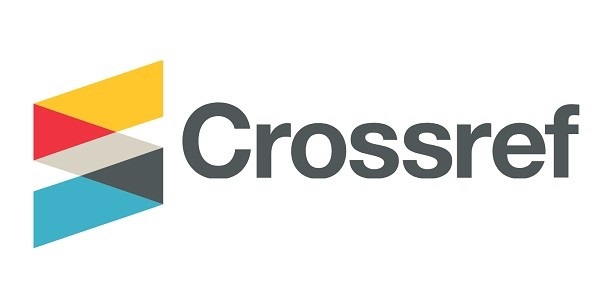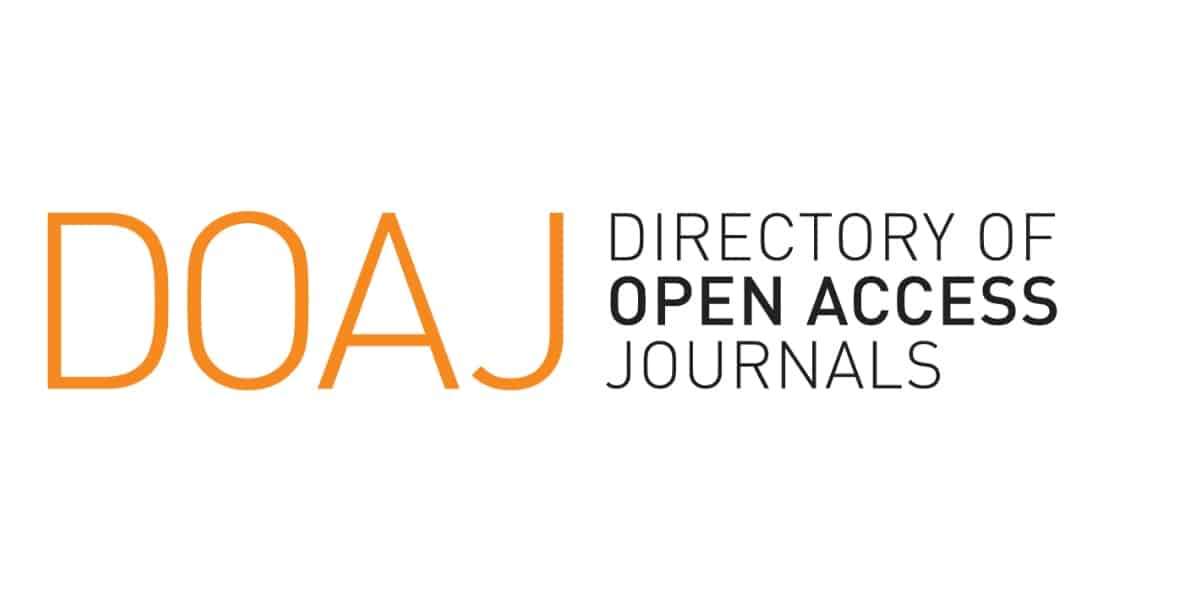OPTIMASI SUHU DAN LAMA FERMENTASI TEPUNG KACANG NAGARA (Vigna Unguiculata ssp. Cylindrica) MENGGUNAKAN Lactobacillus plantarum DENGAN RESPONSE SURFACE METHODOLOGY (RSM)
Abstract
Nagara bean (Vigna Unguiculata ssp. Cylindrica)is local food ingredients that has the potential to be developed for food diversification because it predominantly contains carbohydrates (50-60%) and protein (20-25%). Previous research showed that fermentation of nagara bean with Lactobacillus plantarum at room temperature can improve the characteristic of nagara bean flour.The research was aimed to optimize the temperature and fermentation duration of nagara bean byL. plantarum for modification of nagara bean flour using the Response Surface Methodology (RSM) method. Fermentation using L. plantarum bacteria as much as 1% (v /v) on nagara bean grits using a ratio of nagara bean and soaking water = 1: 4.The research factor used was periods and soaking temperature with each center point 48 hours and 37 °C respectively. The result of research showed that the optimumtemperature and fermentation durationswere 39.140C and 49.71 hours with the result in water absorption index (IPA) of 2.03, swelling power of 5.13 g/g and protein content of 25.60% while factor (treatment) temperature and fermentation duration did not give significant effect to density, insoluble solid, moisture content, ash content, fat content and carbohydrate content.
Keywords: Nagara bean, fermentation, Lactobacillus plantarum, Response Surface Methodology
_page-00013.jpg)






